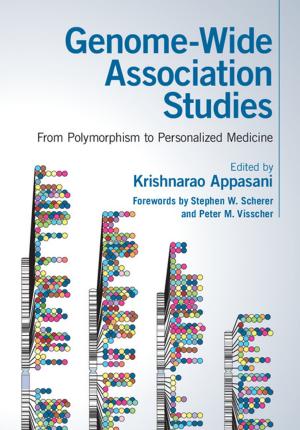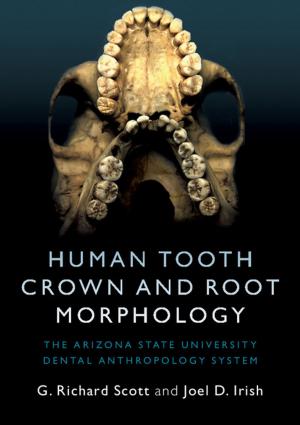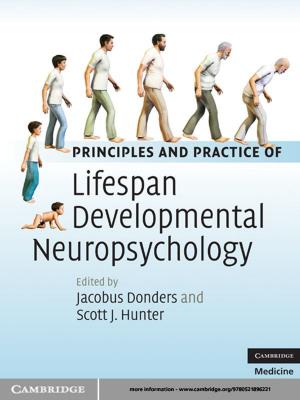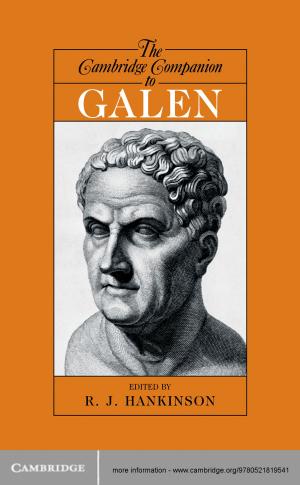Vesalius: The China Root Epistle
A New Translation and Critical Edition
Nonfiction, History, European General, Science & Nature, Science| Author: | Daniel H. Garrison, Andreas Vesalius | ISBN: | 9781139985284 |
| Publisher: | Cambridge University Press | Publication: | January 12, 2015 |
| Imprint: | Cambridge University Press | Language: | English |
| Author: | Daniel H. Garrison, Andreas Vesalius |
| ISBN: | 9781139985284 |
| Publisher: | Cambridge University Press |
| Publication: | January 12, 2015 |
| Imprint: | Cambridge University Press |
| Language: | English |
This book provides the first annotated English translation from the original Latin of Andreas Vesalius' China Root Epistle. Ostensibly his appraisal of a fashionable herbal remedy, the China Root Epistle concentrates on Vesalius' skeptical appraisal of traditional Galenic anatomy, which was based on animal rather than human dissections. Along with reflections about his life as a young anatomist, Vesalius argued that the new science of anatomy should devote itself less to rhetorical polemics and more to the craft of direct observation based on human dissection. This volume provides annotations to link the Epistle with Vesalius' earlier and more famous work, On the Fabric of the Human Body, and includes illustrations from the famous woodcuts first used in the 1543 edition of the Fabrica.
This book provides the first annotated English translation from the original Latin of Andreas Vesalius' China Root Epistle. Ostensibly his appraisal of a fashionable herbal remedy, the China Root Epistle concentrates on Vesalius' skeptical appraisal of traditional Galenic anatomy, which was based on animal rather than human dissections. Along with reflections about his life as a young anatomist, Vesalius argued that the new science of anatomy should devote itself less to rhetorical polemics and more to the craft of direct observation based on human dissection. This volume provides annotations to link the Epistle with Vesalius' earlier and more famous work, On the Fabric of the Human Body, and includes illustrations from the famous woodcuts first used in the 1543 edition of the Fabrica.















